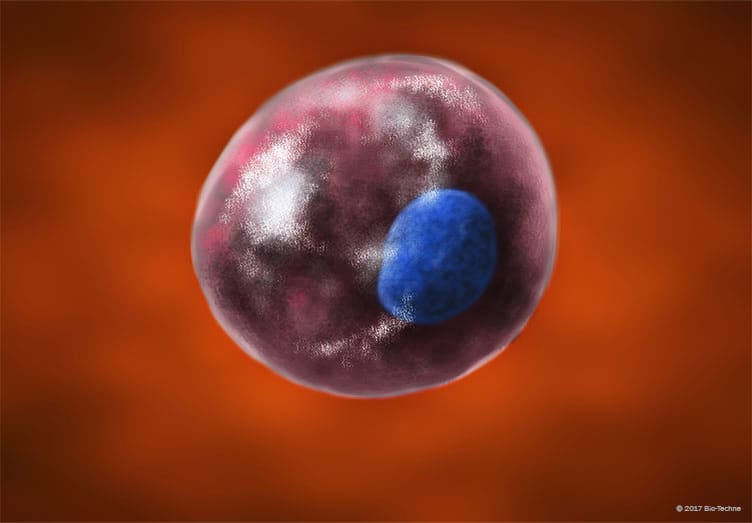Th9 Cell Markers
Click on one of the helper T cell subsets shown in the buttons below to see the markers that are most commonly used to identify that cell type.

Overview
T helper type 9 (Th9) cells are a subset of CD4+ effector T cells that protects against parasitic helminth infections. They develop from naïve CD4+ T cells in the presence of TGF-beta and IL-4, which induce the expression of the transcription factors, PU.1/Spi-1 and IRF4, respectively. IL-9 is the principal cytokine secreted by Th9 cells following activation. In addition, Th9 cells also secrete CCL17, CCL22, and IL-10 (in mouse). Notably, they do not express cytokines characteristic of other T helper cell subsets including the Th2-related cytokines, IL-4, IL-5, and IL-13, the Th17-related cytokine, IL-17A, or the Th1-related cytokine, IFN-gamma. They also do not express the primary transcription factors that regulate the differentiation of other T helper cell subsets including T-bet (Th1 cells), GATA-3 (Th2 cells), ROR gamma t (Th17 cells), or FoxP3 (regulatory T cells). Although Th9 cells are generally accepted to be a unique T helper cell subset, these cells are closely related to Th2 cells and have been shown to easily adopt a Th2-like phenotype under certain conditions. Th9 cells are thought to be involved in the pathogenesis of allergic asthma, inflammatory gut reactions, and autoimmune inflammation, but they have also been suggested to have tumoricidal activity.


